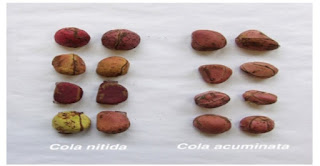THE HEART
The heart is an enclosed muscular organ with two separate pumps divided by a septum and a well known part of cardiovascular system. Heart is enclosed by a thin fibrous connective tissue called pericardium. This contain a watery fluid that lubricate the heart and enable it to move freely. The wall of the heart is formed of a special muscle fibres called myocardium which is supplies by a branch of aorta known as carotid arteries. Myocardium is lined by a thin layer endothelial cells called endocardium which is also lined with a vascular system.
The heart muscle is striated like that of the skeletal muscles and its made up of three types namely;
1. Atrial muscle
2. Ventricular muscle
3. Special excitatory and conductive muscle fiber
Atrial and ventricular muscles contract contract the same as skeletal muscles but differ in duration. While special excitotary and conductive muscle fiber provides an excitotary that controls the rhythmical heart beat as a result of a conductive action potentials.
Heart as an organ has a separate pumps. These pumps are right and left pumps. Each pump has a chamber of atrium and ventricle. The atrium is weak pump helps in moving blood into the ventricle. The right ventricle from right side of the heart pumps the blood through the lungs for pulmonary circulations and in the left side of the heart, left ventricle pumps blood into the arteries for systemic circulation. Blood is oxygenated in pulmonary circulation while blood get into the tissues and organs in systemic circulation.




Comments
Post a Comment